Well aware of my inadequate indigenous floral and ornithological knowledge (ie, what’s that called? I dunno), I was recommended these two books. Once purchased, they arrived today:-


I highly recommend and they should fill a huge hole in my knowledge, hopefully.
Ribwort Plantain, anyone?

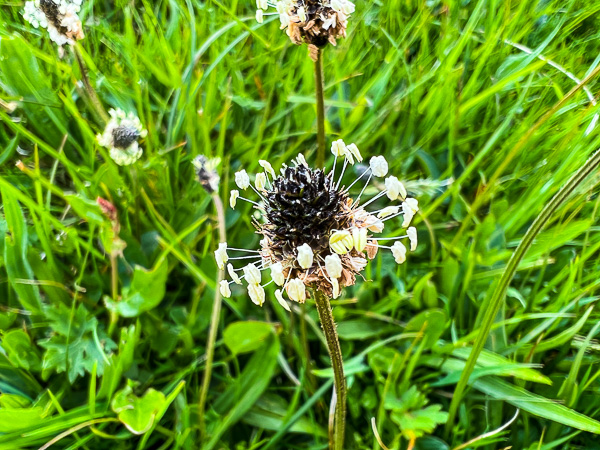
Common Butterwort, I think.
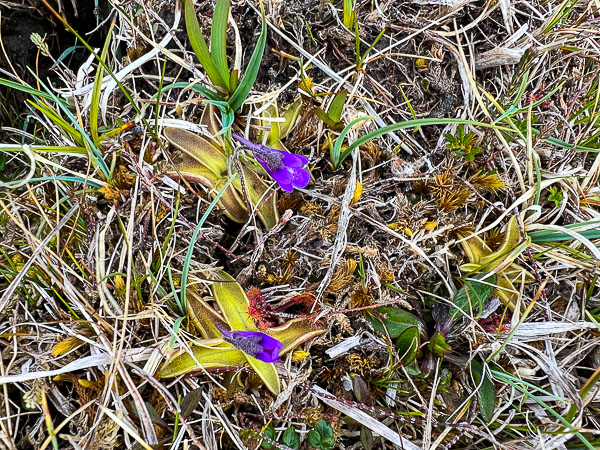
Common Bird’s-Foot-Trefoil
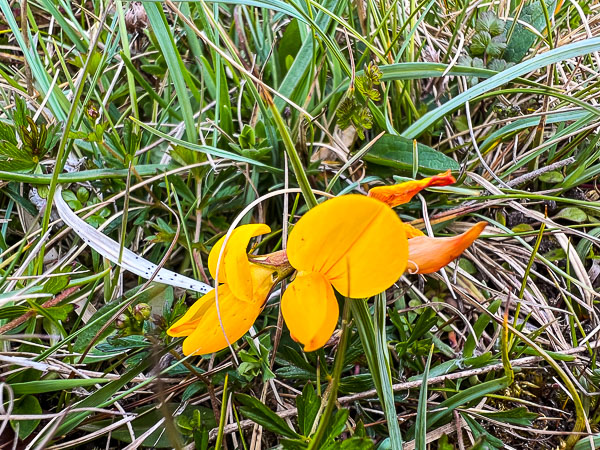
Bogbean

Spring Squill
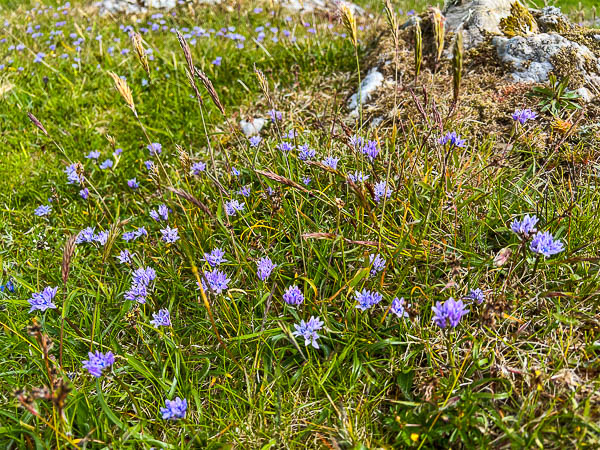
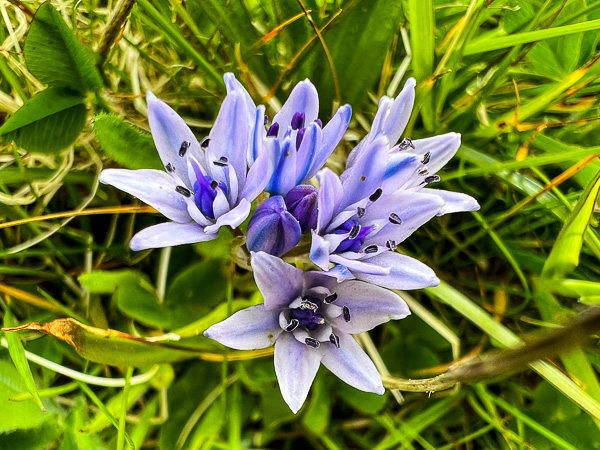
Northern Marsh Orchid.

Common Milkwort (I think).

Not sure what this one is. Isn’t it too early for heather? Help, please.


Common Spotted Orchid

Marsh Marigold
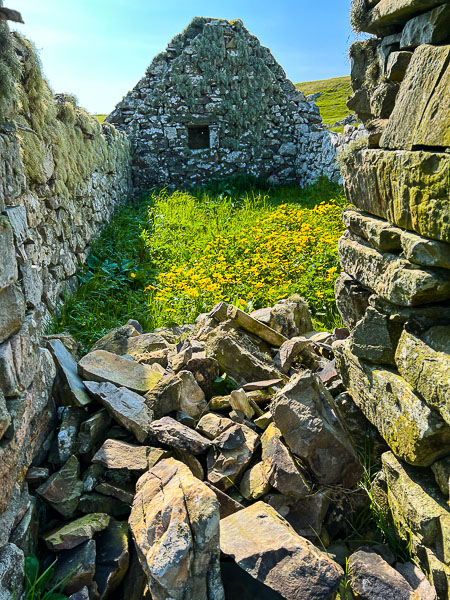
Common Mouse-Ear.

Red Campion (more pink, if you ask me).
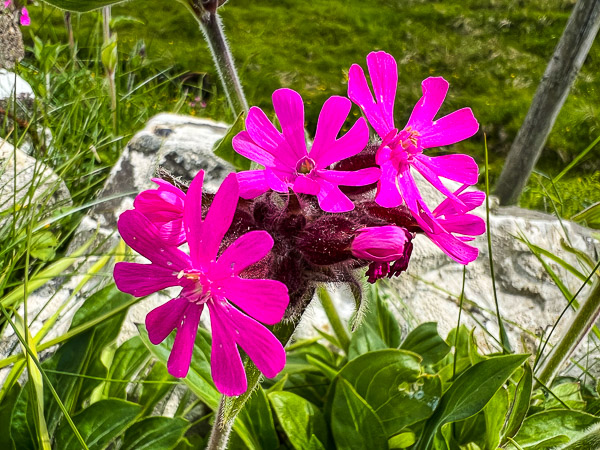
And bluebells, which aren’t indigenous to Shetland. I did not know this.

And Tiddles, who is!

Heath Spotted Orchid

And Mr Blackbird who “is a common breeding resident, migrant and wintor visitor.”

So here is all this knowledge for me to learn from my two new books. I shall enjoy this. It is interesting to see what is growing where too. Each field is very different and now the Minions are living in Leradale all year round, I am seeing new-to-me plants because I never used to visit Leradale in Spring or Summer. Everyone lived elsewhere.


Thank you for those book recommendations and those fabulous flower photos. Tiddles of course is absolutely gorgeous.
Just lovely! Those books will be fun.
Lovely! Those books look good. Two people who have seen my garden recently thought I might need help with mowing – but I was very happy to tell them about No Mow May. Apparently it is making an appreciable difference to wildlife, people just not mowing their grass for the month of May. It must make gardens in other places more like the natural fields that you have in Shetland, allowing wild flowers to grow which then benefit lots of creatures.
Shetland sure has a variety of booutiful wild flowers. Thanks for sharing and the pics.
Maybe some time Monster will pose among a patch? probably not. I remember as a child reading a book about kittens and some (white ones) hid in the daisies , ginger kittens hid in the black-eyed Susans, etc.
I think Bluebells are the state flower of Virginia, not to be confused with Bluebonnets of Texas. One of my favorite stories is about Ferdinand the bull, who loved to smell and rest among the flowers.
Keep us posted on Lacs aka Bibble.
I am finally coming out of my TKR haze. PT still challenging, but I can bend my knee 90 degrees!!
The Spanish Bluebell (definitely not native) are the only one of these flowers I’ve seen for real, what marvellous treasures you have in Shetland! And ponies as well…
The Minions of course being not lesser than flowers, but the cherry on the icing on the cake, admired and loved from afar.
Oh my, what beautiful wild flowers you have. A bit of a payback for all those dark, short winter days. And who couldn’t smile about a flower named the Common Mouse-Ear!
You do have some beautiful wild flowers. I have downloaded Google Lens to my phone. Now when I’m out dogwalking and see and interesting plant I click on Lens, click the buttons and Mr. Google looks for names. I’m sure anyone passing by must wonder what on earth this old lady is doing hunkering down in the ditchlines! I have also dowloaded Merlin so now when I hear a bird song I don’t recognize I click on it and hit sound and wave my phone around toward the song and it tells me what bird that is. Again, a crazy old lady waving her phone in the air.
Your two new books look wonderful and I love all the flower pictures and identities you included today. Love that Red Campion! and the Bluebells and so many others. Very cool!
Shetland has such beautiful and unusual flowers! Thank you for sharing them. One of the commenters thought the bluebells were Virginia Bluebells, native to us here in the Eastern US. However, the bluebells you have are Spanish Bluebells. I enjoy all of your photos and stories (particularly Monster).
So good – look forward to your flower shots every year – the ID is a real plus. Learned more about the UK wildflower meadows from “Clarksons Farm” both series, now subsidies being taken away, so wrong.